10 Films Set in Beautiful Tuscany
10 Films Set in Beautiful Tuscany

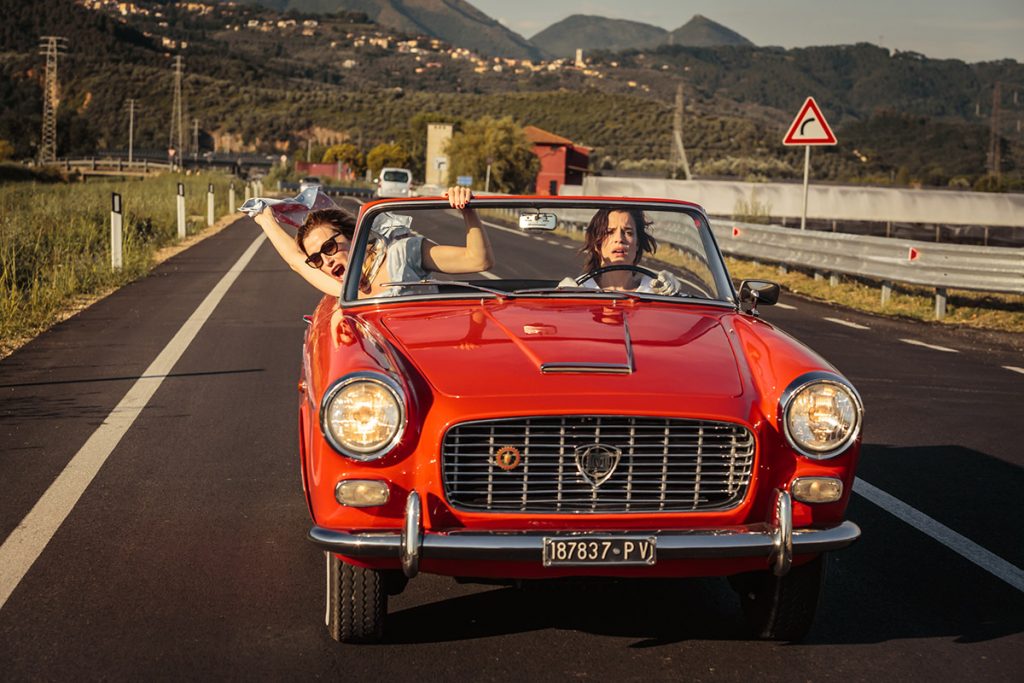
La pazza gioia (Like Crazy), 2016
Watching films from a foreign land can be akin to traveling. You discover that some things are universally true, that people all over the world share fundamental experiences, and dance to common themes. At the same time, you discover that every culture is particular and that to truly understand a place you must immerse yourself in realms that are strange and disorientating. Our beloved Tuscany encompasses a multifaceted culture whose complexity is manifest in the films set and shot there. Have a look at this special list.
Traveling, you can choose to skim the surface of the places you visit, you can avoid local food, speak your own language, traipse well-worn tourist trails and withdraw in the evening to the culturally sanitized space of a hotel. But you will miss so much. One can do the same with Tuscan cinema: limit yourself to the olive groves and architecture of Merchant Ivory’s A Room with a View. But Tuscany is so much more; the region is densely packed and rich in culture with a beauty that, at times, can overwhelm the senses. Film is a gorgeous medium to capture these emotions.
In this top 10 list, we’ve included several landmark films that have shaped Tuscany, Italy and sometimes the canon of filmmaking. We’ve also included a few delights that weren’t picked up by international radars but that deserve to be celebrated for their irresistible Tuscan quirkiness!
1: Paisà – Firenze (Paisano, Fellow countryman) 1946
This neorealist masterpiece by Roberto Rossellini is the fourth episode in a series of six which follows the liberation of Italy from Nazi occupation at the end of World War II. It was filmed when Florence was still recovering from the ravages of the war. The plot centers around an American nurse who crosses from the Allied-occupied bank of the Arno to the German-occupied side using the Vasari corridor. A major theme is communication problems due to language barriers. I first saw the film projected onto the city walls of San Giovanni Valdarno, a town 45 km from Florence, on the 73rd anniversary of the town’s liberation by the Allies. The evening was hot, almost unbearably so. The audience was made up of old men and women who could have been alive when the film was made, interspersed with teenagers, smoking, laughing, and eating popcorn, and the odd family with floppy children overwhelmed by the heat and the hour. Everyone watched the film in total silence.
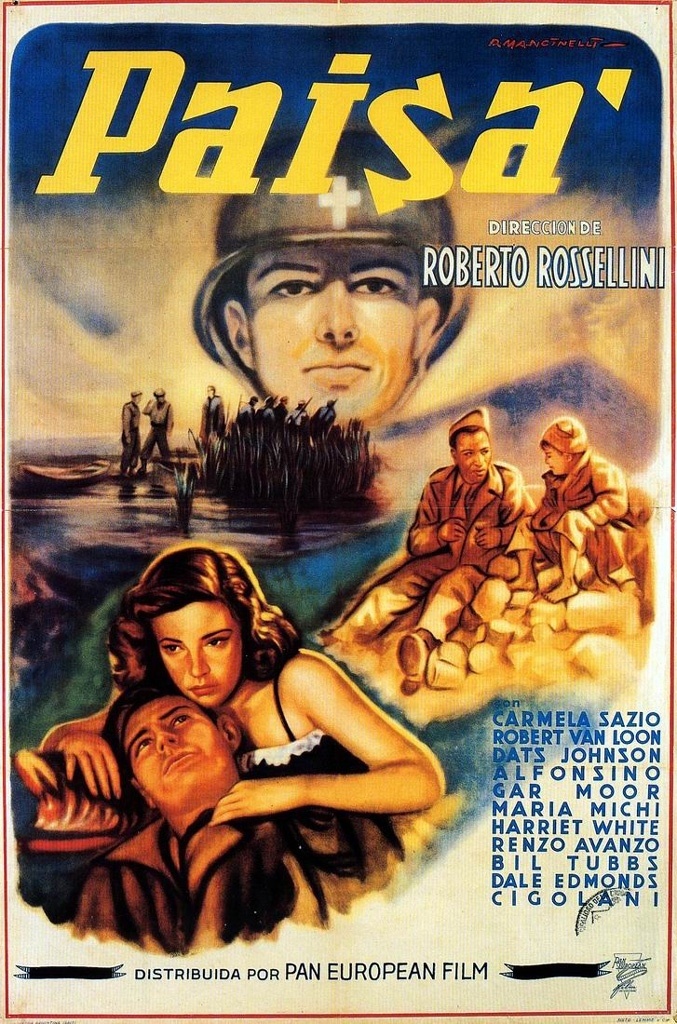
2: Il Sorpasso (The Easy Life) 1962
This film directed by Dino Risi encapsulates the economic miracle of the 1950s and early 60s, the decades during which Italy’s industrially backward society was catapulted into consumerist modernity. In this Italian road movie, Bruno and Roberto, the film’s protagonists, embark on a journey from Rome during the searing heat of the August holiday to arrive in Castiglioncello on the Tuscan coast. The famous final scene takes place on the road of the Calafuria Coast. The film’s poignancy lies in the contrast between the apparent richness of Italy’s new sense of well-being and the hollowness beneath.
3: Amici miei (My friends) 1975
Mario Monicelli’s comedy would be worth watching for one scene alone which incredibly did not spark a wave of copycat acts when the film was released in 1975. The film’s central theme is friendship. The antics of a group of middle (and as time goes by old)-aged friends in Florence are often tinged with melancholy; their pranks are evidently a means of escaping “”normality”” and the contradictions of modern life. Check out this silly scene and you’ll get the overall mood of the film. The train face-slapping scene in Mario Monicelli’s comedy has achieved cult status.
4: La Notte di San Lorenzo (Night of the Shooting Stars) 1982
Paolo and Vittorio Taviani’s World War II film is based on an event at the end of the war. The Duomo of the brothers’ native town, San Miniato, was destroyed by the Americans as they then advanced, and fifty-five civilians were killed. In the film, it is the Nazis who destroy the church in a work that combines fantasy and personal memories about the war and its aftermath.
5: Ivo il tardivo (Ivo the genius) 1995
My dear neighbor Tammy and close friend here in Tuscany, shares her unique experience of this film: “”I have to thank my husband for introducing this gem to me about an endearing and slightly mad gentle genius. When we first met, my future husband would whisk me off at weekends to visit castles and monasteries throughout Tuscany. On one occasion he brought me to an abandoned village whose walls had been painted in black and white with larger than life rebus word puzzles. Given my limited understanding of Italian at the time, it wasn’t until he took me to the cinema that evening that I realized that the abandoned mining town, Castelnuovo Sabbioni, was a set for one of the most charming and delicate films I have ever seen, Ivo il tardivo, by the Tuscan director, Alessandro Benvenuti.””
6: La vita è bella (It’s a beautiful life) 1997
The winner of three Oscars, for Best Actor, Best Foreign Language film, and Best Original Musical Score, Roberto Benigni’s film about a father who uses his imagination to shield his son from the horrors of a concentration camp is set, in part, in Arezzo. The film was not without its critics. Many were appalled at the idea that anyone could dare to laugh at the Holocaust. If you haven’t seen it, you must, as it presents an important moment in Italian history that should be discussed and not forgotten.
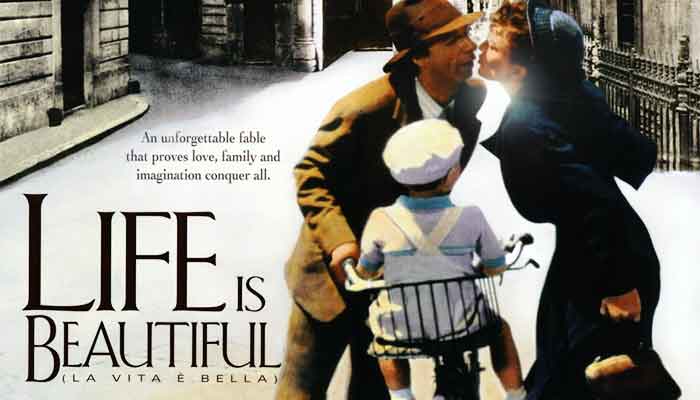
7: Non ci resta che piangere (Nothing to do but cry) 1984
This is another of Benigni’s films which is famous for its pure sense of silliness. Benigni costars with Massimo Troisi (Il Postino) in a ridiculous farce about two 20th century friends who accidentally stumble into the year 1492. Tuscans love nothing better than to quote the film’s daftest lines. I don’t know a single Tuscan who hasn’t watched this movie!
8: La meglio gioventù (The best of youth) 2003
A monster of a film which was released in cinemas in two 3-hour parts. It follows in the tradition of films like Bernardo Bertolucci’s Novecento, which tell the story of Italy through the lives of individuals. The protagonists are two brothers whose lives are played out against the backdrop of Italian politics and social upheaval between 1966 and 2003. The film’s geographical sweep is as broad as its chronological span and the city of Florence features alongside other locations such as Turin, Rome, and Sicily.
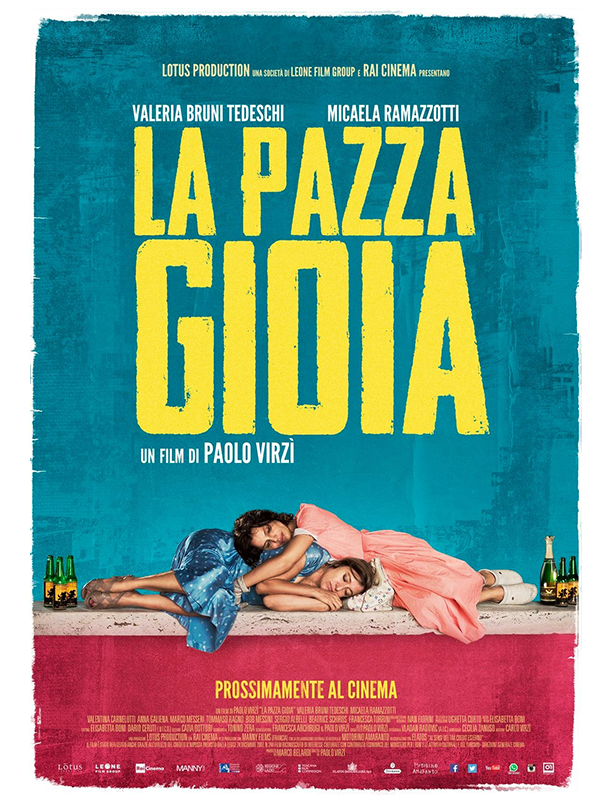
9: La pazza gioia (Like crazy) 2016
Paolo Virzì’s films are often set in his native Livorno, the commercial port on the Tuscan coast, where his protagonists survive in gloriously dysfunctional families. La pazza gioia is set, instead, in a mental institution in Pistoia. Two of the patients, Beatrice and Donatella, go on the run and enjoy a few precious days of freedom in a world that frightens them as much as it thrills them. Virzi’s films are permeated by an enormous warmth towards those most disadvantaged and most exploited. Equally endearing are Virzì’s earlier films, Ovosodo (Hardboiled Egg) and La prima Cosa Bella (The First Beautiful Thing).
10: A room with a view, Merchant Ivory 1985
We couldn’t avoid including this one! Enjoy the costumes, the scenery, the architecture, and (coincidentally)–the romance!
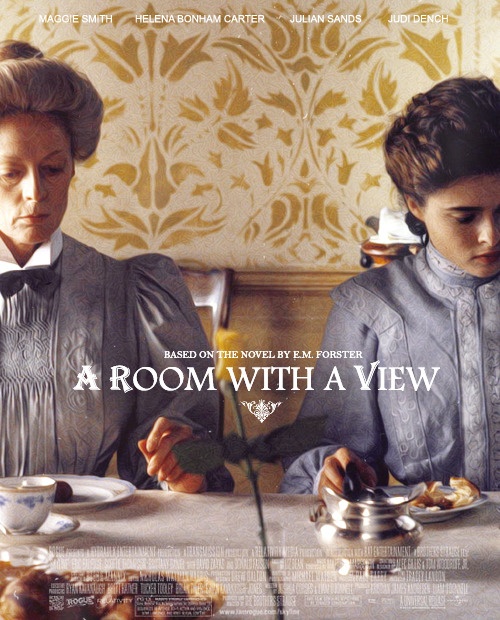
This list was curated by my dearest friend and Tuscan neighbor Tammy Corkish. She is a British expatriate, having settled in San Giovanni Valdarno, Tuscany over 20 years ago. Mother of twin boys, Tammy is a woman of endless talents, including professional English teacher, translator, and film buff. She’s also my favorite partner in crime when it comes to scouting out new routes for tours. A true adventuress at heart!